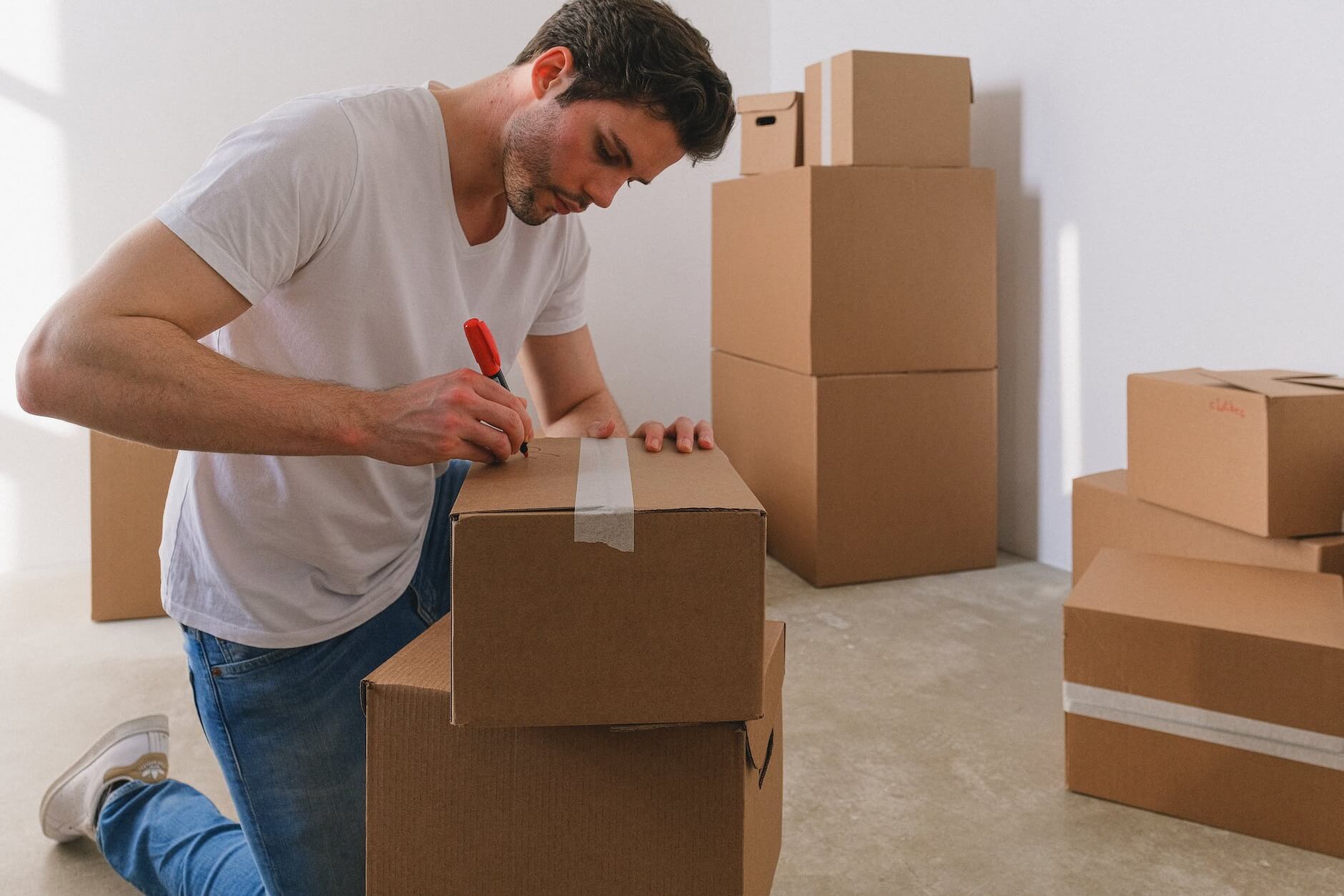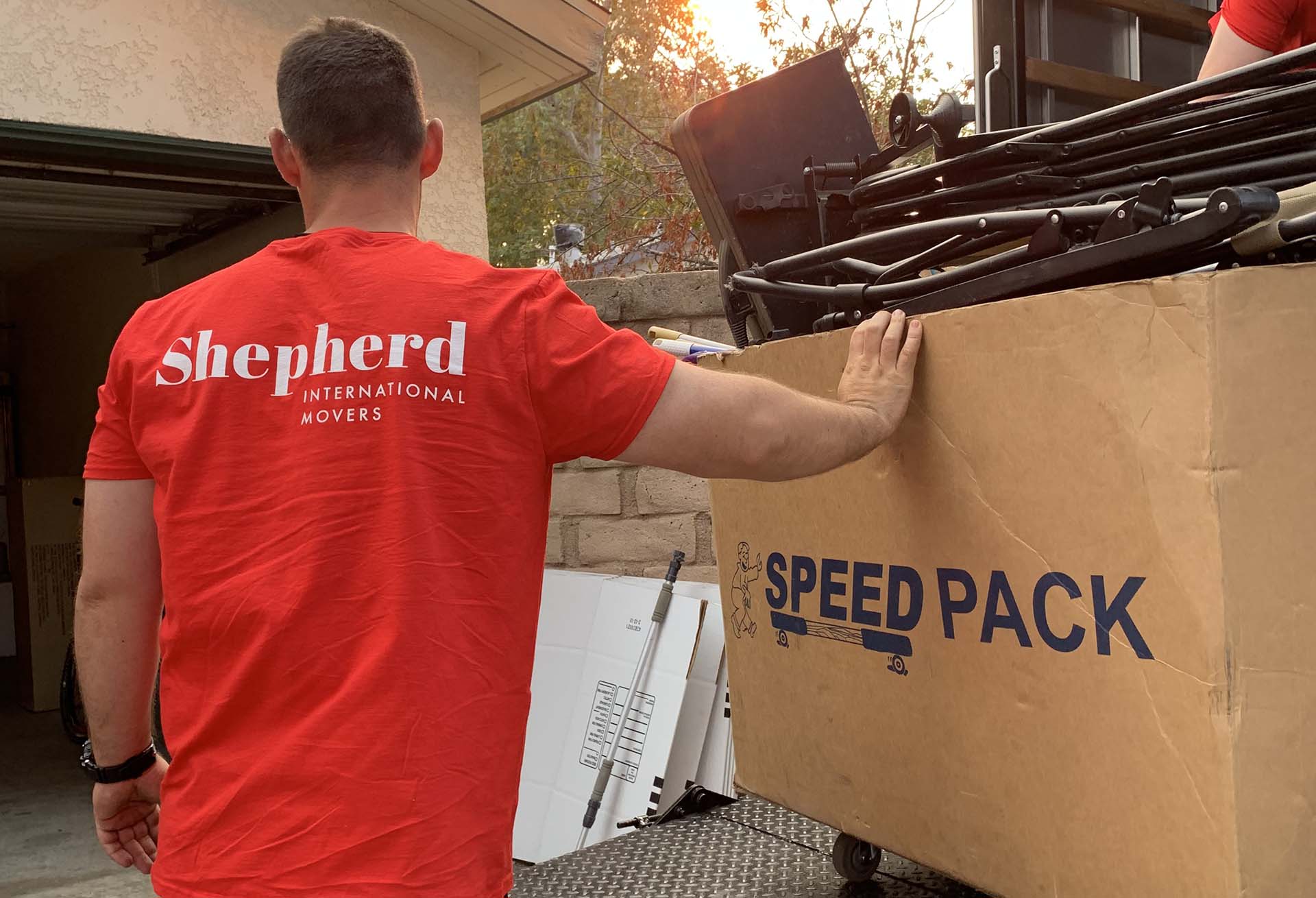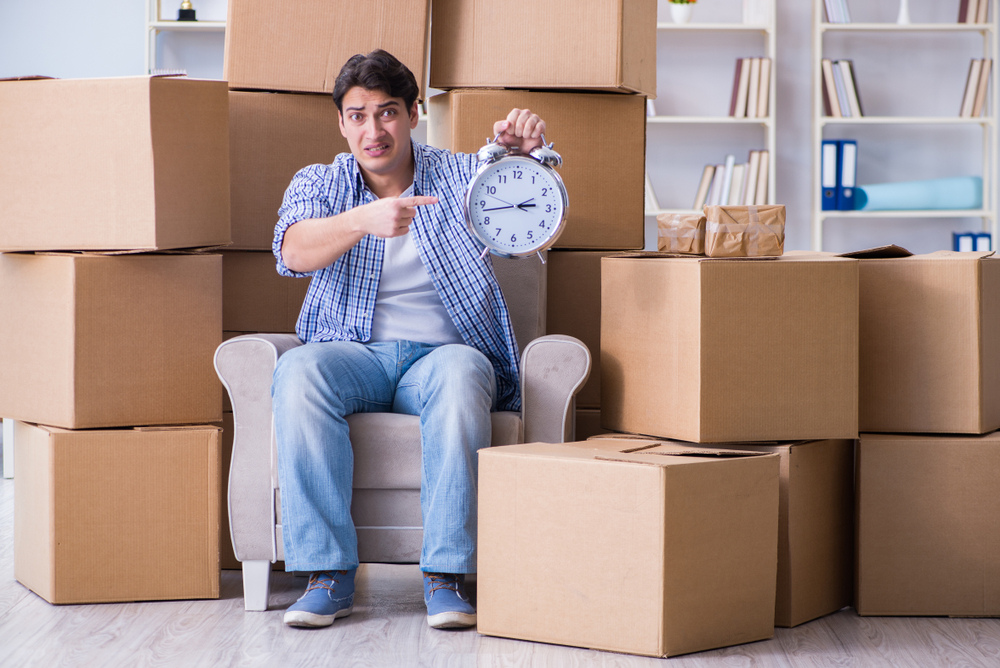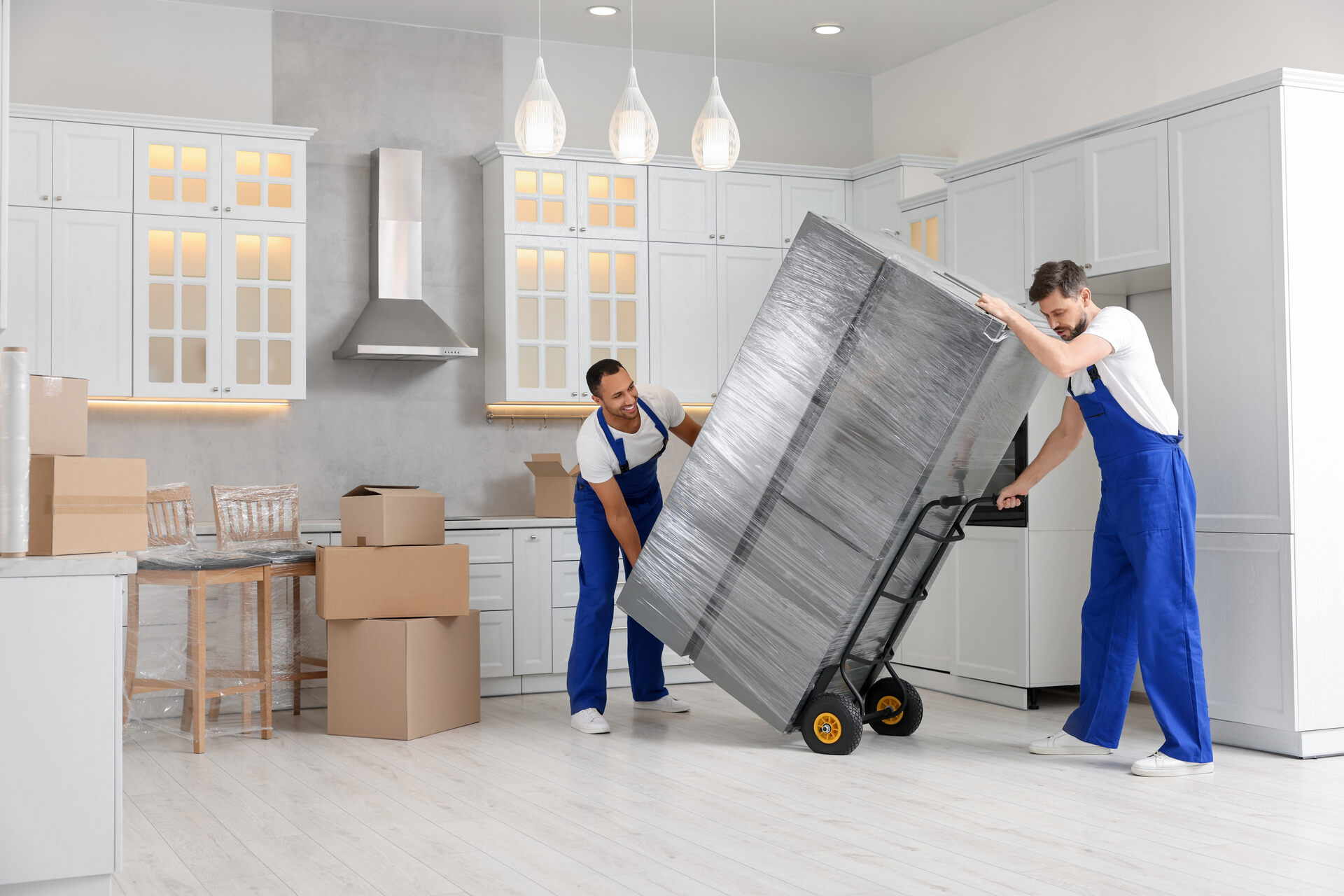

Are you gearing up for an exciting new life chapter? You’ve probably got a million things on your mind, including figuring out how to organize packing to move. While it seems daunting, it doesn’t have to be. With the right strategies, you can ensure a smooth and seamless transition to your new home overseas.
The Importance of Learning How to Organize Packing to Move
When it comes to moving internationally, understanding how to organize packing to move is crucial for various reasons. It ensures your belongings arrive safely at your new home and significantly impacts your relocation experience to a new country.
Firstly, relocation can be complex, time-consuming, and full of logistical challenges. By learning how to organize packaging effectively, you can alleviate much of the stress and worry that comes with coordinating the transportation of your possessions. This allows you to focus on other critical aspects like visas, housing, and travel arrangements.
Additionally, adjusting to a new country often involves adapting to a new culture, language, and way of life. A well-organized packaging plan can help you feel more settled and in control as you navigate these changes. Knowing that your belongings are securely packed and organized will provide a sense of familiarity and comfort.
Moreover, an organized packaging process can help identify which items are essential for relocation and which can be left behind or replaced once you arrive in your new country. This not only saves you time and effort but can also save you on shipping costs and avoid clutter in your new home.
By prioritizing what you truly need, you can make your transition more efficient and streamlined.
Start by Creating a Moving Timeline and Inventory
One of the first steps in getting organized is to create a moving timeline and inventory. This will help you determine what to pack when moving abroad and ensure nothing important gets left behind.
To do this, start by listing all the items you plan to take with you, including furniture, clothing, electronics, and personal belongings. It’s essential to be thorough, as this list will be the foundation for the entire packaging process.
Next, create a relocation to-do list that outlines all the tasks you need to complete before relocating. This may include obtaining visas and other necessary documentation, finding housing, and coordinating transportation for your belongings.
By having a comprehensive list of tasks, you can prioritize your time and stay on track throughout the process.
Establish a Packing Schedule
Once you have a clear idea of what you’ll be taking, it’s time to establish a schedule. This will help you pack efficiently and ensure you’re well-prepared when the international moving services arrive to transport your belongings.
Begin by breaking down your packaging process into manageable tasks. This may include packaging room by room, starting with the least essential items and working your way up to the most important ones. Allocate enough time for each task, considering unexpected delays or challenges.

How to Organize a Packing List by Gathering Supplies
One of the most valuable relocation tips for anyone planning an international move is to gather all necessary packaging supplies before beginning packaging. This can help make relocation easier and protect your belongings during transit adequately.
Find Appropriate Boxes, Materials, and Tools
Start by sourcing a variety of sturdy boxes in different sizes to accommodate your various belongings. Choose high-quality containers that can withstand the rigors of international shipping.
Additionally, gather materials such as bubble wrap, packing paper, and foam peanuts to pack fragile items securely. These materials will help cushion delicate belongings and prevent damage during transport.
For packaging furniture, invest in pads or moving blankets to protect surfaces from scratches and dents. These can also be used to wrap large, awkwardly shaped items that may not fit in standard boxes. Remember tools such as tape, scissors, box cutters, and a tape dispenser to be more efficient.
Organize Supplies for Easy Access
Once you have all the supplies, organize them for easy access during packaging. This can save you time and prevent frustration as you go through the packaging list. Designate a specific area in your home to store the supplies and keep them together for easy access.
Additionally, consider organizing your supplies based on the different needs of the packed items. For example, designate separate areas for fragile items, large furniture, and clothing. This will help quickly find the appropriate materials when packaging different categories of belongings.
If you’re relocating to a different climate, you may need to take extra precautions when packaging specific items. For instance, if relocating from a cold to a tropical climate, consider moisture-absorbing packets or vacuum-sealed bags for sensitive items like electronics, important documents, and clothing to prevent mold and mildew.
By having your supplies organized and easily accessible, you can significantly streamline the process and ensure your belongings are well-protected during an international relocation. This organized approach will save you time and effort and provide peace of mind.
The woman in the video below provides some great and basic relocation and packaging tips, especially for preparing and packaging clothes. She also offers some great tips for boxes and supplies.
Decide What to Keep, Sell, Donate, or Discard
A critical step during packaging is deciding what to keep, sell, donate, or discard. This not only helps you reduce clutter and save on shipping costs, but it can also alleviate anxiety about relocating by simplifying your relocation.
Furthermore, by streamlining your possessions, you can avoid the stress of dealing with things you forget to do, such as finding storage for items you no longer need or use.
To start, take a thorough inventory of your belongings and evaluate which items you truly need or want in your new home. Keep in mind that moving internationally may require you to adapt to different living spaces, climates, or cultural norms, so consider how your belongings will fit into the new lifestyle.
For items you no longer need or want, consider organizing a garage sale, listing them on online marketplaces, or contacting local consignment shops to sell them. This way, you can earn extra cash to put towards your relocation or settling into your new home.
Alternatively, you can donate items in good condition to local charities or thrift stores, giving them a new life and helping others in need. Finally, discard any items that are no longer usable or have little value. This may include electronics, hazardous materials, or large items that are difficult to transport.
Pack and Label Boxes by Category or Room
One effective way to ensure a smooth and organized international move is to pack and label boxes by category or room. This approach helps you relocate safely by keeping similar items together and makes unpacking and settling into your new home more manageable.
When packaging, consider grouping items based on their function or the room they belong to. For example, pack dishes and kitchen items together, ensuring that breakable items are wrapped securely in bubble wrap or packaging paper. This method allows you to easily locate your belongings and unpack them in an organized manner once you arrive at the new home.
Packing Room by Room
Another approach is to pack room by room, starting with the least important spaces and working toward the most important ones. This method ensures you don’t overlook relocation essentials, as you’ll have a clear plan for tackling each area of your home.
Packing room by room also makes it easier to visualize your progress and stay motivated throughout. As you complete each room, you’ll see tangible evidence of your accomplishments, helping to keep you on track and focused on your goals.
Labeling and Color-Coding Boxes
An essential step in organizing your packaging process is to label and color-code your boxes. This can be especially beneficial if you’re relocating abroad alone, as it helps you quickly identify the contents of each box and prioritize which items to unpack first.
To implement this system, use a permanent marker to label each box with a brief description of its contents and the room it belongs to. Additionally, consider using colored tape or stickers to differentiate between boxes based on their destination in your new home. This visual system will make it easier for you and international moving services to efficiently transport and unpack.

How to Pack for a Move Fast – Prepare an Essentials Box
When planning an international relocation, even to one of the friendliest countries in the world, it’s crucial to have an essentials box that contains everything you’ll need for the first few days in your new home.
This box should be easily accessible and packed last so you can quickly locate it upon arrival. While packing services can be a great help, preparing an essentials box is something you should personally handle to ensure you have all the necessary items at your fingertips.
Important Items for the First Few Days in Your New Home
When considering how to move abroad efficiently, your essentials box should include items such as toiletries, a change of clothes, important medications, phone chargers, and any necessary electronic devices.
You should also pack a few non-perishable snacks, bottled water, and basic kitchen utensils for quick meals. Additionally, include some essential cleaning supplies, such as a sponge, dish soap, and a small towel, to help you tidy up as you settle in.
Keep Essential Documents and Valuables Safe
One of the most critical aspects of preparing an essentials box is ensuring that all essential documents and valuables are safe and easily accessible. This includes documents needed to travel abroad, like passports, visas, birth certificates, driver’s licenses, and vaccination records.
Additionally, include important financial documents like bank statements, insurance policies, and any housing or employment contracts related to your relocation. For valuables like jewelry, family heirlooms, or small electronics, consider boxing them up in your essentials bag or carrying them with you during travel to ensure their safety.
Keeping these items close to you can provide peace of mind and prevent potential loss or damage during transit.
Coordinate With an International Moving Company for Efficient Relocation
Hiring a reliable international moving company is essential for a smooth and efficient relocation, especially when moving overseas. As you explore your reasons to move and consider the best countries to live in, working with a reputable company like Shepherd International Movers can make a huge difference in your relocation experience.
Our expertise in handling complex international moves can ensure your belongings are safely transported to your new home, allowing you to focus on adapting to your new environment and embracing the exciting opportunities ahead.
Don’t leave your international relocation to chance; trust our professionals at Shepherd International Movers to guide you through the process. Contact us today to start planning your successful move abroad.
FAQ
What Is the Most Efficient Way to Create a Packing Plan or Schedule?
For an efficient packaging plan, start by making an inventory of your belongings and developing a timeline for completing tasks related to your move. Break them down into manageable tasks and allocate sufficient time for each. Prioritize essentials and ensure you have enough time to address any unexpected challenges.
How Can I Effectively Declutter and Downsize My Belongings Before Packing?
Evaluate your belongings and decide what to keep, sell, donate, or discard. Consider the practicality and necessity of each item in your new home and environment. Hold a garage sale, list items online, or donate to charities as appropriate. This process helps reduce clutter, saves on shipping costs, and simplifies the move.
What Are the Essential Packing Supplies Needed for an Organized Move?
Essential supplies include sturdy boxes in various sizes, bubble wrap, packing paper, foam peanuts, furniture pads, moving blankets, tape, a tape dispenser, scissors, and box cutters. Having these supplies ready will streamline packaging and protect your stuff during transit.
What Are Some Tips for Packing Fragile or Valuable Items Securely?
Use high-quality packing materials such as bubble wrap, packing paper, or foam peanuts to cushion fragile items. Reinforce boxes with extra tape, use specialized boxes, and pack heavier items at the bottom. Label boxes with fragile items. For valuables, consider carrying them with you or packaging them securely in your essentials box.
How Can I Create a Labeling System That Simplifies Unpacking and Organizing at My New Home?
Use a permanent marker to label each box with a brief description of its contents and the room it belongs to. Consider using colored tape or stickers to differentiate between containers based on their destination in your new home. This visual system will make it easier to locate, transport, and unpack your belongings efficiently.
What Should I Include in an Essentials Box for the First Few Days After Moving?
An essentials box should contain toiletries, a change of clothes, important medications, phone chargers, electronic devices, non-perishable snacks, bottled water, basic kitchen utensils, and essential cleaning supplies. Additionally, include important documents and valuables for easy access.
How Can I Coordinate With Professional Movers for an Organized Relocation?
Communicate your packaging plan and labeling system with your movers, provide them with a copy of your inventory, and establish a clear timeline for all tasks. Ensure they understand specific instructions or requirements related to handling fragile or valuable items.
What Are Some Strategies for Packing and Organizing Items by Category or Room?
Pack similar items together based on their function or the room they belong to. For example, pack dishes and kitchen items together, ensuring breakable items are wrapped securely. Alternatively, pack room by room, starting with the least essential spaces and working towards the most important ones.
How Can I Maintain Organization and Reduce Stress During the Packing Process?
Stay organized by creating a detailed plan, timeline, and inventory. Allocate sufficient time for each task and stick to your schedule. Keep your supplies organized and easily accessible. Maintain a positive mindset and focus on the excitement of your new adventure, taking breaks when needed to prevent burnout.
What Are the Benefits of Organizing Packaging Before Relocating?
Organizing packaging reduces stress, saves time and effort, and minimizes the risk of damage to your belongings during transit. It also ensures a smoother unpacking process, helping you settle into your new home quickly. By decluttering and downsizing, you can create a more organized and efficient living space in your new home, making relocation more enjoyable overall.








